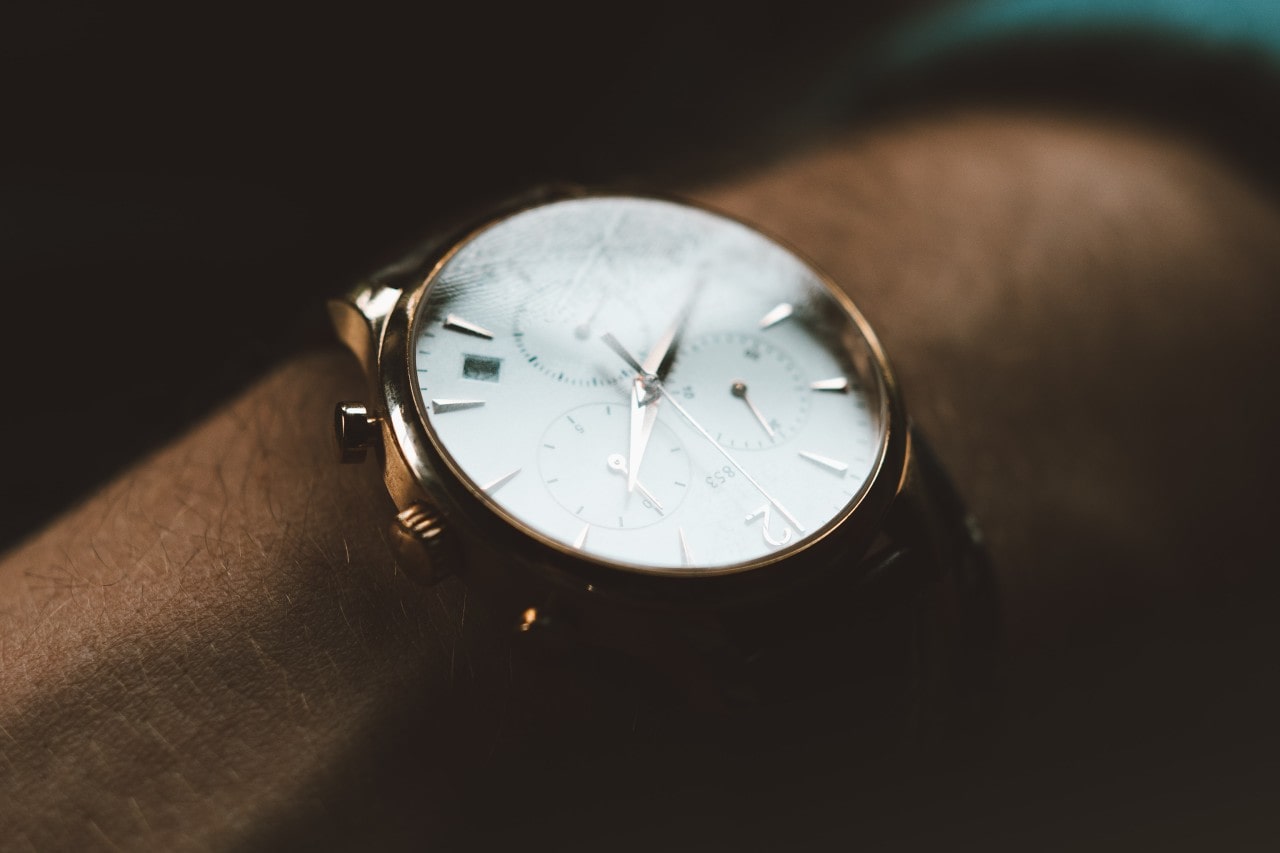
An Expert Guide to Automatic Watch Movements
Automatic watches are a true wonder. These mechanical timepieces result from years of research, artistry, and craftsmanship. Only found in the highest-end luxury timepieces, automatic movement is prized and rare. Few watchmakers have the skill to create these incredible watches. Learn what makes them special with Hing Wa Lee Jewelers.
What is an Automatic Watch Movement?
Automatic watches are true feats of mechanical genius, featuring complex machinery underneath their cases. This machinery can even be seen through skeletal dials. Despite relying on gears and springs for power, they operate almost entirely without manual winding. Automatic watches are convenient and sophisticated, powered by the natural movements of the wearer’s wrist.

The Difference Between a Quartz Watch and an Automatic Watch
There are two primary categories of watch movements: quartz and everything else. Quartz movement is by far the most popular power source, as it is affordable, precise, and reliable. It relies upon batteries rather than springs and gears. Unlike their predecessors, quartz watches never need to be wound by hand. However, this comes at a cost: they lack the artistry and magnificence of mechanical watches. Automatic watches are usually more valuable than quartz pieces and offer a marvelously authentic aesthetic.
The Inner Workings of an Automatic Watch
Automatic watches differentiate themselves with one feature: the rotor. On the underside of the case is a rotor that turns with the wearer’s wrist movement. This turning winds the mainspring. Several gears work together to transfer the mainspring’s energy to the rest of the watch. This energy is regulated by the escapement, which acts as a brake to ensure that the hands are precise. Finally, the balance wheel takes this regulated energy and shifts it to the dial train at specific increments, turning the hands at a gradual pace.

Key Terminology for Automatic Watch Movements
- Mainspring: The energy source for mechanical movements, this part uses the tension from winding to store power.
- Crown: Located on the watch’s side, this dial can be turned to wind the mainspring. While automatic watches usually use the rotor for winding, sometimes it needs a manual turn if rarely worn.
- Gear train: This term refers to a small series of gears that transfers the mainspring’s energy to the rest of the watch, which eventually moves the watch’s hands.
- Escapement: This part serves as a brake that interrupts the energy from the mainspring. Doing so ensures more precise time keeping.
- Balance Wheel: A component that works with the balance wheel to deliver a measured amount of energy to the dial train.
- Dial train: Like the gear train, this is a small series of gears that takes energy and uses it to rotate the hands.
- Rotor: An essential component for automatic watches, this is a half-wheel shaped metal piece on the underside of the case. As the wearer moves their wrist, it turns the rotor which charges the mainspring.

Discover Automatic Watches at Hing Wa Lee Jewelers
Hing Wa Lee is Los Angeles County’s finest source for automatic timepieces and beyond. Our vast selection of the most luxurious and beloved watches ensures that every visit receives the best. We offer everything from household names to artisan microbrands. Reserve an appointment with our staff for a private consultation on all the beautiful accessories we have here at our Walnut and San Gabriel showrooms.


